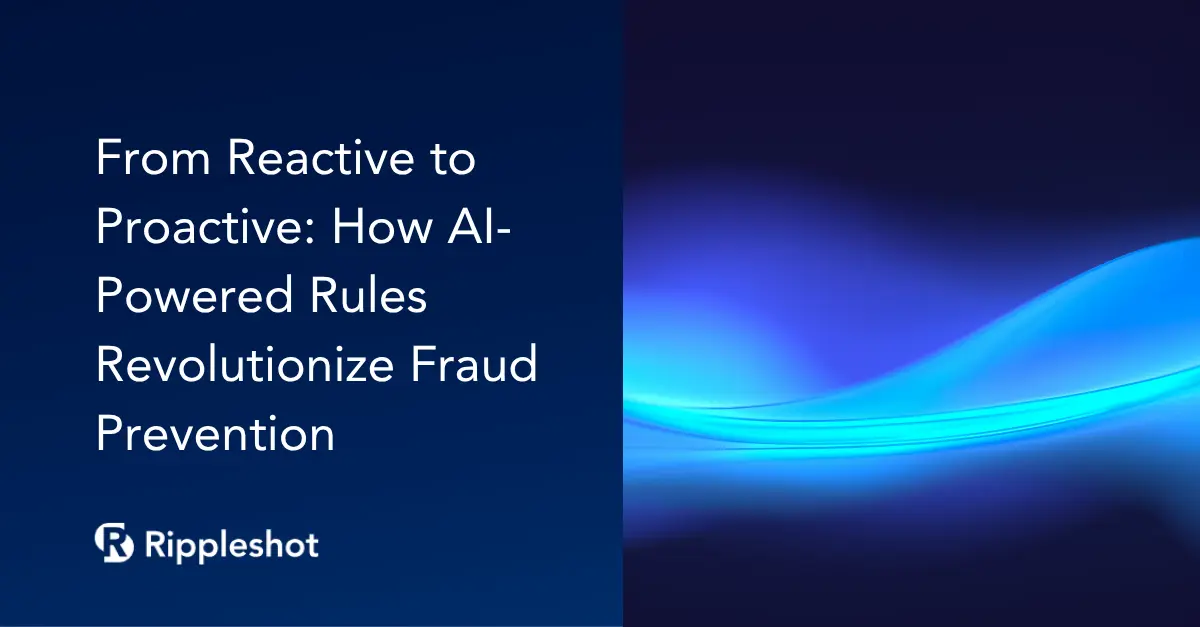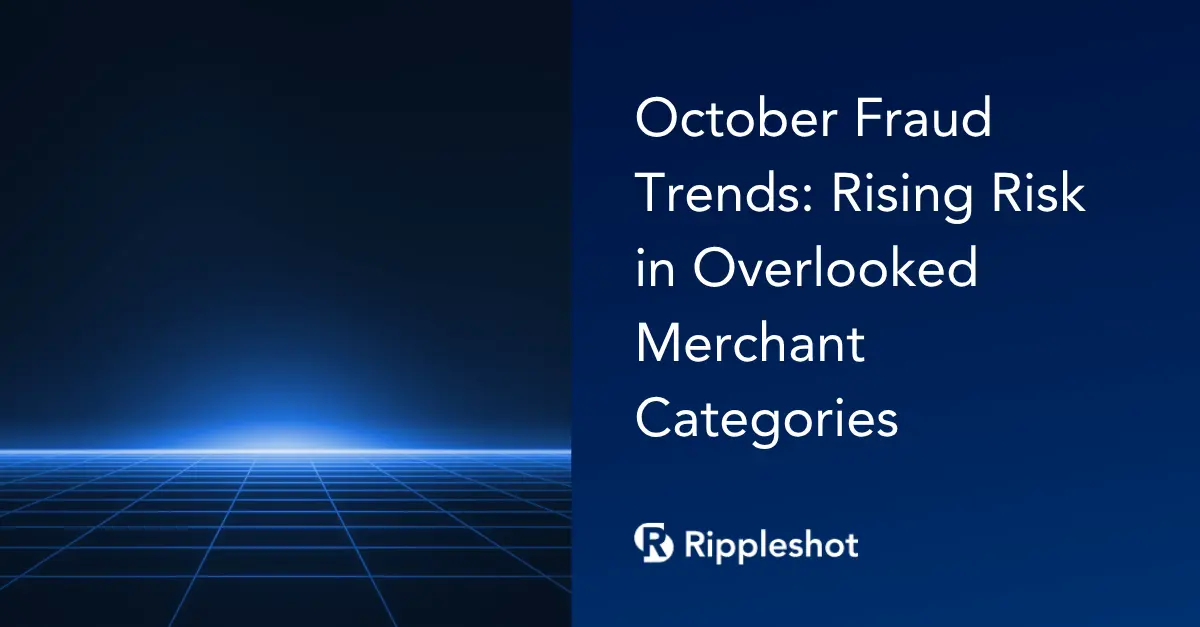
From Reactive to Proactive: How AI-Powered Rules Revolutionize Fraud Prevention
TL;DR
Fraud moves fast, and traditional fraud prevention methods have financial institutions playing catch-up. By relying only on reactive strategies, banks and credit unions risk higher fraud losses, cardholder friction, and operational inefficiencies. Today, AI-powered rules, predictive intelligence, and consortium data are transforming fraud prevention into a proactive discipline. With AI fraud prevention solutions, financial institutions can block fraud before it strikes, cut false positives, and boost overall fraud detection performance.
Why Fraud Prevention Needs to Evolve
Fraudsters are no longer just exploiting known vulnerabilities – they’re evolving faster than most traditional defenses. From BIN attacks to merchant breaches, payment fraud is becoming more sophisticated, more widespread, and harder to stop with yesterday’s methods.
For years, fraud teams have been forced into reactive defense: getting notifications months after a breach, taking action across thousands of cards, and managing cardholder fallout. While this approach may contain damage, it’s costly, inefficient, and erodes account holder trust.
The good news? AI-driven fraud prevention is changing the game. By combining machine learning, consortium data, and predictive intelligence, financial institutions can move from reacting to fraud after it happens to blocking it before it begins.
The Problem with Reactive Fraud Defense
Traditional fraud prevention tools rely heavily on notifications that arrive only after fraudulent activity has occurred. By the time a financial institution receives notice, fraudsters may have already executed thousands of dollars in fraudulent transactions.
This reactive cycle leads to:
- Higher fraud losses: institutions are left footing the bill for transactions they couldn’t prevent.
- Operational inefficiency: fraud teams waste resources taking actions on cards unnecessarily.
- Cardholder friction: cardholders lose trust when their accounts are repeatedly disrupted.
The Power of Consortium Data + AI in Fraud Prevention
The shift from reactive to proactive fraud prevention hinges on data scale and intelligence.
Rippleshot leverages a proprietary consortium of 5,000+ financial institutions, analyzing over 50 million daily card transactions. This data network creates unparalleled visibility into suspicious merchant activity and fraud schemes, identifying blind spots and providing early threat warnings that may be missed in individual data, improving a fraud team’s ability to detect at-risk cards..
When combined with AI and machine learning models, this data transforms into predictive intelligence that allows fraud teams to:
- Identify compromised cards up to 180 days before network alerts.
- Prioritize which cards and merchants are most likely to go fraudulent.
- Access AI-generated high-risk merchant blocking rules, allowing fraud teams to block high-risk merchants and high-risk transactions at legitimate merchants.
This level of foresight helps institutions strike a balance: block fraud earlier without overwhelming fraud teams or disrupting cardholders with unnecessary interventions.
Moving from Reaction to Proactive Defense
Predictive Fraud Signals
AI models now generate fraud forecasts that rank cards and merchants by risk level. For example, Rippleshot’s Fraud Forecast™ can pinpoint which cards are most likely to go fraudulent, giving financial institutions the chance to take action months ahead of fraudsters.
AI-Generated Rules That Block Fraud
Instead of manually writing reactive rules, fraud teams can rely on AI-generated rules that proactively block risky transactions. Institutions have seen up to a 7x ROI by blocking fraudulent merchants before attacks escalated.
Reducing False Positives While Boosting Detection
False positives are a constant headache – blocking legitimate transactions frustrates cardholders and hurts trust. Rippleshot Rules Assist reduced false positives by 46% compared to the industry average, allowing fraud teams to confidently stop fraud without creating friction for good cardholders.
The Human + AI Partnership
The goal of AI in fraud prevention isn’t to replace fraud teams – it’s to empower them.
- AI handles the heavy lifting: detecting patterns across millions of transactions and recommending decision rules.
- Humans remain in control: refining strategies, aligning actions with risk appetite, and ensuring oversight.
This partnership frees up fraud managers to focus on high-value tasks like strategy and cardholder experience while ensuring that fraud detection remains agile and precise.
The impact speaks for itself: millions saved in fraud losses, reduced operational costs, and stronger cardholder trust.
Conclusion: Choose the Right Tools to Stay Ahead
Fraud is moving faster than ever. But by embracing AI-powered rules, predictive fraud signals, and consortium data, financial institutions don’t have to remain stuck in reactive defense.
Proactive fraud prevention doesn’t just stop fraud – it improves operational efficiency, protects cardholders, and positions institutions ahead of evolving threats.
With solutions from Rippleshot, financial institutions can finally achieve what’s been missing in fraud prevention: the ability to stop fraud before it happens.
Let's Talk
You have fraud frustrations? We have the solutions. Let's discuss what you are dealing with and we can learn more and share how we can help.



